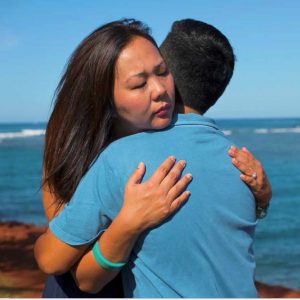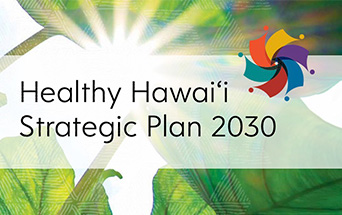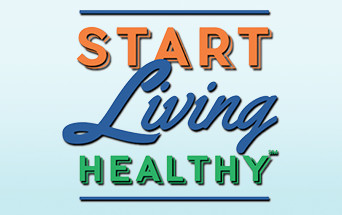Disparate
While there has been a decline in smoking use over the past decades, there are certain identified populations that experience disproportionate health and economic burdens from tobacco use. Tobacco use disproportionately affects population subgroups based on factors such as race/ethnicity, income, mental health and substance use, and sexual orientation. Further, tobacco use, like other risk factors for poor health and chronic diseases, is impacted by the social determinants of health, defined as “the non-medical and non-behavioral precursors of health and illness.
Population health outcomes related to tobacco use depend on improving many of the fundamental social determinants of health including:
- Educational opportunities
- Low income/poverty
- Limited access to health services and support, including insurance
- Gender and gender identity
- Sexual orientation
- Racism and historical language
- Culture and language
- Physical environments, such as community, housing, and work environment
- Limited social supports and social stressors
Within the Native Hawaiian population, there are also demographic disparities.
 Highest smoking rates are seen among those with household incomes below $15,000 (50%); with less than high school education (49%); unemployed (35%); and between 25–34 years of age (35%).
Highest smoking rates are seen among those with household incomes below $15,000 (50%); with less than high school education (49%); unemployed (35%); and between 25–34 years of age (35%).- Smoking prevalence for Native Hawaiian high school students (12.2%) is higher than other ethnic groups
- Additionally, Native Hawaiian adolescents typically start to smoke at an earlier age than their peers from other ethnic groups
 In Hawai‘i, a pattern of higher smoking rates among those with the lowest educational levels and lowest annual household incomes have persisted for more than 10 years.38 Smoking prevalence rates are higher among those with low SES compared to those at or above poverty.
In Hawai‘i, a pattern of higher smoking rates among those with the lowest educational levels and lowest annual household incomes have persisted for more than 10 years.38 Smoking prevalence rates are higher among those with low SES compared to those at or above poverty.- In Hawai‘i, the smoking rates among those with low SES are higher; 24% of those with incomes below $25,000 smoke, as do 29% of unemployed adults; and 20% of persons with a high school education or less smoke.
- Adults under 65 years old who are either enrolled in Medicaid or are uninsured are almost twice as likely to smoke compared to those with private insurance (30% versus 15%, respectively).[/learn_more]
 People with co-occurring psychiatric or addictive disorders consume nearly 44–46% of cigarettes smoked in the U.S
People with co-occurring psychiatric or addictive disorders consume nearly 44–46% of cigarettes smoked in the U.S- Within Hawai‘i, 27% of adult smokers report having a diagnosed depressive disorder, and 29% report that their mental illness was “not good” in the past 30 days.2 Among binge drinkers, 26% are current smokers, while 29% of heavy drinkers smoke. (Heavy drinking is defined as males having more than two drinks per day and females having more than one drink per day)
- Data from the 2014 Quality of Life Interview Survey (QOLI) administered by the Hawai‘i Department of Health, Adult Mental Health Division (AMHD) to the severely and persistently mentally ill population in treatment programs reported that 40% of those surveyed were smokers.
- The Hawai‘i Department of Health, Alcohol and Drug Abuse Division reports that 44% of clients that they serve are smokers.[/learn_more]
 In Hawai‘i, a pattern of higher smoking rates among those with the lowest educational levels and lowest annual household incomes have persisted for more than 10 years.38 Smoking prevalence rates are higher among those with low SES compared to those at or above poverty.
In Hawai‘i, a pattern of higher smoking rates among those with the lowest educational levels and lowest annual household incomes have persisted for more than 10 years.38 Smoking prevalence rates are higher among those with low SES compared to those at or above poverty.- In Hawai‘i, the smoking rates among those with low SES are higher; 24% of those with incomes below $25,000 smoke, as do 29% of unemployed adults; and 20% of persons with a high school education or less smoke.
- Adults under 65 years old who are either enrolled in Medicaid or are uninsured are almost twice as likely to smoke compared to those with private insurance (30% versus 15%, respectively).[/learn_more]
 Individuals from the LGBT communities are 1.5 to 2.5 times more likely to smoke cigarettes compared to their heterosexual counterparts. National data reports that the smoking rate is at least 50% higher among the LGBT community compared to other
Individuals from the LGBT communities are 1.5 to 2.5 times more likely to smoke cigarettes compared to their heterosexual counterparts. National data reports that the smoking rate is at least 50% higher among the LGBT community compared to other- Although smoking data on the LGBT youth are limited, smoking rates are estimated to be 38% to 59% higher than the general adolescent population
- In Hawai‘i, 23.7% of the LGBT community report smoking[/learn_more]



